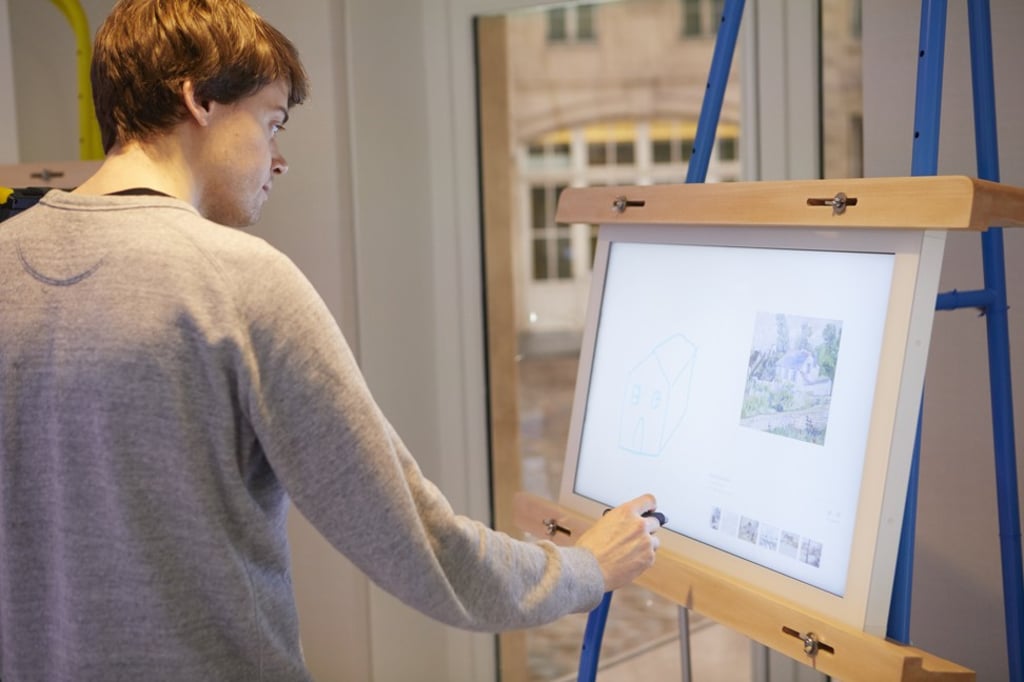Google’s Cultural Institute uses technology to bring art online for everyone

It recently partnered with The Forbidden City to put 100 high-resolution artworks of the Unesco World Heritage Site that have never been seen before online
Advanced technology is not only blurring the lines between art and engineering, it’s also addressing the cultural imbalances of the past, according to Amit Sood, director of Google’s Cultural Institute and Art Project.
Google has partnered with 1,500 art galleries, museums and other cultural institutions around the world to make artefacts accessible to all online. Recently, it partnered with The Forbidden City to put 100 high-resolution artworks of the Unesco World Heritage Site that have never been seen before online.
“China has been one of my strongest markets and many museums are working with us,” says Sood, who highlights the Ullens Center for Contemporary Art in Beijing as one their earliest partners in the contemporary art field.
Google Arts & Culture has 30 partners on the mainland, including the Today Art Museum in Beijing and the Hunan Provincial Museum in Changsha. In Hong Kong, Google has worked with the Hong Kong Maritime Museum and the Hong Kong Museum of Art. Photographs from these institutions’ collections are now online with detailed histories explaining their origin and value.
“We want to create something that doesn’t replicate the physical experience, but still gives the ‘aha moment’ – an emotional feeling when zooming in,” Sood says. “But the wonderful thing is the telling of the stories, how this artwork of this emperor came about and how it relates to today’s world. In other words, providing context, like curators. The object by itself is not enough. Context is critical.”
Want more stories like this? Sign up here. Follow STYLE on Facebook, Instagram and Twitter
